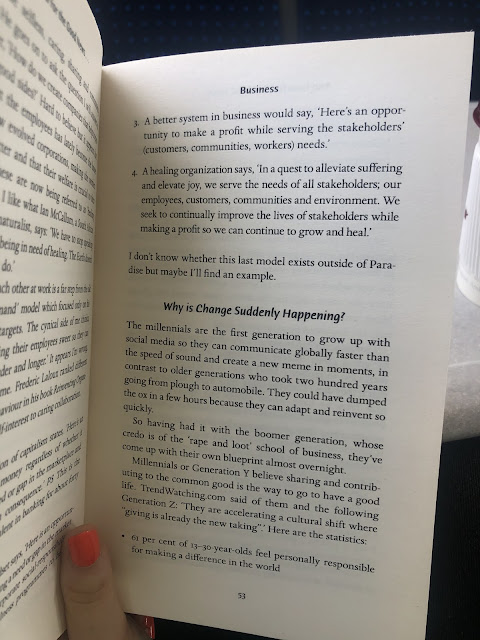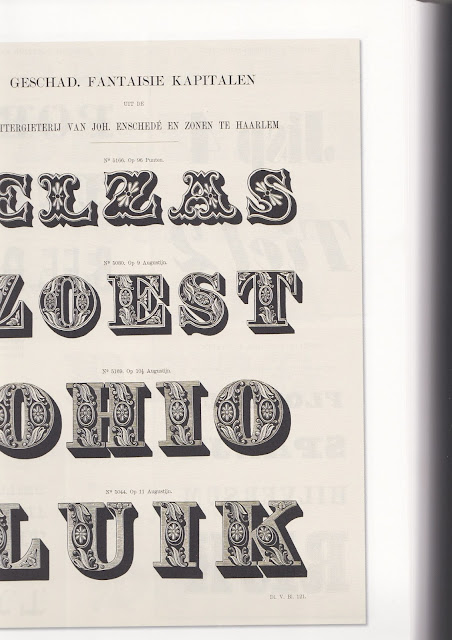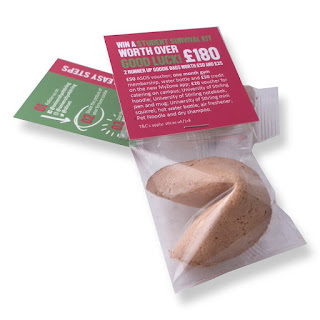Saturday, 27 March 2021
And Now For The Good News by Ruby Wax
Type Inspiration: Cheltenham Bold and Newsagents
Thursday, 25 March 2021
Design style ideas
New Module Plan
25/03/2021
- How could participation be a form of distribution related to your brief?
Encouraging people to further distribute the zines. They'll be left in public spaces, they could have a design saying 'leave me for someone else to find, or if you want your own copy - purchase at GladPrint.com! etc' then they get further and further distributed.
Workshops could also be a form of participation. It could be a future consideration, but Glad Print could collaborate with a yoga studio or somewhere like Belgrave to put on sessions, which could then be covered in the zine. This could extend further to mindfulness sessions or mental health discussions.
- Justification of your identified platform for communication
Printed media ensures that everyone can access positive news. Due to the distribution and size of the project, it will only be found by chance, so having an online element where the zine can be purchased/ news can be shared is also necessary.
- Are there any possible ethical/ social/ technological/ cultural concerns? Even if their aren't write about it to evidence your consideration
Like ADAPT mentioned in their presentation today, some news is sensitive and relevant and shouldn't be dismissed or covered up. They distributed stickers for their audience to stick on newspapers - but made sure to instruct them not to stick them on headlines with sensitive topics.
There's also the issue of not bashing the media of the news. Some people do, as I found out through my research that the news is filtered down to us which make people angry and untrusting. However, this is not the aim of Glad Print. Glad Print is about spreading positivity, so bashing other media outlets is wrong.
Analysing my 503 feedback
Visiting Professional - ADAPT
Richard Ashton and Josie Tucker
Adapt is a climate club and creative organisation using design, humour and contemporary design to communicate climate issues in a new way.
They do:
- Education and learning
- Creative and culture
- Tactical change making
They utilise humour and contemporary culture as a tool to make their audience feel relaxed and open to learning.
They keep language light, fun and personal to give themselves the opportunity to be more hard hitting when necessary.
They us Instagram to test out their designs/ topics on their audience - get feedback, help them decide whether to make it a bigger project or not.
They think that social media can be used to make change. They use the 'Post Insights' to gage how their audience is interacting with the information that they publish. They could gage what people were happy to act on.
They design stickers designed to go over front-page news. The message keeps getting seen, re-used, distributed. It was a nice way of sharing something tangible with their audience.
Fracking banner - thinking about making something that can be used again. A further purpose.
Tate Modern: Climate Change Speed Dating Workshop.
They designed a fake Metro News cover to distributed around London. Hi-Jacking newspapers. There are so many tiny bits of information that goes into it: Adverts, gossip teasers etc etc.
Tuesday, 23 March 2021
QR Code/ Instagram
Range Presentation
Module Evaluation
This module has been really positive for me. I'm so glad that I chose the issue that I did, because I felt passionate and motivated the ...
-
I resized my InDesign pages to he correct size and did a small print run of a couple of pages to identify any issues. The main one being ver...
-
- Attempting to continue with current theme by developing a anthropomorphised fruit character - This was interesting in theory...






























































